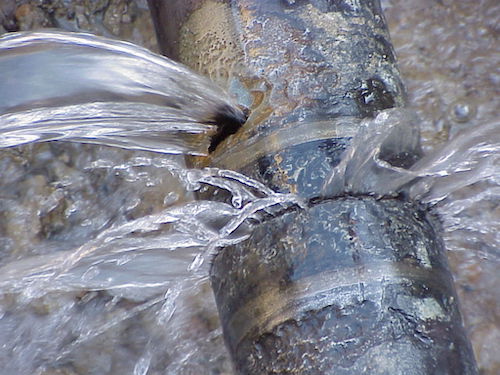
Water leak detection is always interesting no two jobs are the same and each one has its own set of challenges. This particular leak detection job was especially tricky due to the high clay content of the soil, agricultural drains and lack of services drawings. We used our hydrogen tracer gas system to locate this leak with pin point accuracy saving the client hundreds of dollars in unnecessary digging.
Our client realised he had a problem when he received a water bill that was 3x the normal spend for the quarter. If there are no tell tale signs of an underground water leak example patches of greener grass, wet patches or the most obvious sign water bubbling to the surface and you have not used water to fill pools and irrigate the garden there is a very strong possibility of a hidden underground water leak.
The best way to confirm if there is a hidden water leak on the main water supply line is to ensure all taps and toilets are not leaking. Once it is established that there are no above ground water leaks make sure the washing machine and dish washer are not in use then go and check the water meter on the pavement. Write the meter reading down and go and check the meter again in half an hour if the meter reading has changed then that confirms a hidden underground water leak.
